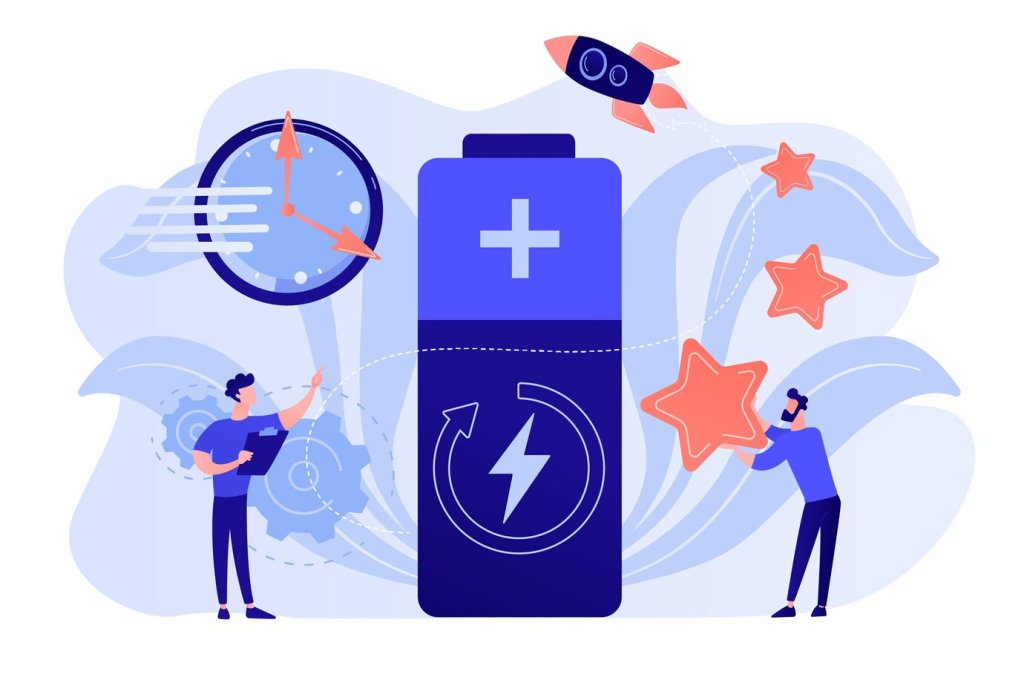Everyone experiences fluctuations in energy throughout the day. Recognizing these natural rhythms can be the key to improving productivity, reducing stress, and maintaining a better work-life balance. Organizing your day around your energy levels helps you work smarter, not harder.
Instead of forcing yourself to push through tasks during low-energy moments, aligning your schedule with your body’s natural rhythms can increase your focus and effectiveness and Organize Your Day Around Your Energy Levels. Let’s explore how to organize your day according to your energy levels for better results and a healthier routine.

1. Understanding Your Energy Peaks and Dips
To structure your day effectively, you first need to understand when your body is at its peak energy. For many people, energy levels naturally fluctuate in predictable patterns. These fluctuations are often tied to the circadian rhythm, the internal clock that regulates sleep and wakefulness.
Morning Energy: Starting Strong
For most people, energy levels are highest in the morning, shortly after waking. This is the best time to tackle challenging tasks that require focus, creativity, or problem-solving. You may find it easier to concentrate and be productive right after breakfast. This is an ideal time for brainstorming, strategic planning, or complex tasks.
Afternoon Slump: Recharging
As the day progresses, many experience an energy dip after lunch. This is a common phenomenon known as the “afternoon slump.” During this time, your body’s energy is naturally lower, making it harder to stay focused or motivated. Instead of forcing through demanding tasks, consider focusing on simpler or less mentally taxing activities.
Evening Energy: Wrapping Up
For some, energy levels rise again in the late afternoon or early evening. This can be a great time to tie up loose ends, review the day’s work, or engage in light creative activities. However, avoid scheduling tasks that require high concentration if you typically feel drained by the end of the day.
2. Why Organizing Your Day Around Energy Levels Boosts Productivity
Once you’ve identified your natural energy rhythms, it’s time to align your tasks accordingly.
High-Energy Tasks for Peak Times
- Creative work: Writing, designing, or brainstorming ideas are best done when you’re energized and sharp.
- Problem-solving: Tackling complex or high-priority tasks requires mental clarity, which is at its peak during the morning for many people.
- Decision-making: Major decisions should be made when your cognitive functions are sharp.
- Meetings and calls: High-energy moments are ideal for engaging discussions, pitching ideas, or collaborative work.
Low-Energy Tasks for Slower Moments
- Administrative tasks: Replying to emails, organizing files, or scheduling meetings can be done when you’re in a low-energy phase.
- Routine tasks: Household chores, grocery shopping, or any repetitive tasks that don’t require intense mental engagement can fill this time.
- Rest and recharge: Take a break during your energy dips to refresh your mind and body. Short walks or meditation can be revitalizing.
3. Morning Peak: Use Energy Surges for Deep Work
What you eat plays a crucial role in maintaining steady energy levels throughout the day. Instead of relying on caffeine or sugary snacks to get through slumps, focus on eating meals that support sustained energy.
Breakfast: Kickstart Your Day
Start your day with a balanced breakfast. Foods like oatmeal, eggs, and fruits can provide lasting energy. Avoid heavy, sugary meals that can cause an energy crash later on.
Snacks for Sustained Energy
Choose snacks that are high in protein and healthy fats, such as nuts, yogurt, or avocado. These will help maintain stable energy levels without causing spikes and crashes.
Hydration
Don’t forget to stay hydrated! Dehydration can cause fatigue and concentration issues. Drink water throughout the day, especially when you notice energy dips.
4. Afternoon Slumps: Ideal Time for Simple, Routine Tasks
Physical activity can also help regulate your energy levels. Regular exercise improves circulation, boosts mood, and increases overall energy. Even small bursts of activity, such as stretching, walking, or a brief workout, can help revive your focus during a low-energy period.
Taking short breaks to stretch or walk around can increase blood flow and refresh your mind. These movements are especially helpful during the afternoon slump when energy is typically at its lowest.
5. The Importance of Sleep in Energy Management
Getting quality sleep is essential to maintaining steady energy levels throughout the day. Without enough sleep, you’ll likely experience frequent dips in energy, which can affect productivity and mood.
Aim for 7-9 hours of sleep each night to ensure your body has enough time to rest and recharge. Make sleep a priority by establishing a nighttime routine that includes winding down an hour before bed. Limit screen time and try reading or practicing relaxation techniques to prepare your body for sleep.
Final Thoughts: The Power of Organizing Your Day Around Your Energy Levels
Learning to organize your day around your energy levels can help you optimize productivity, reduce stress, and improve your overall well-being. By identifying when you’re most alert and energetic, you can tackle challenging tasks at the right times and reserve lighter activities for slower moments.
By aligning your work, nutrition, physical activity, and sleep with your body’s natural rhythms, you can achieve more without burning out. Start by experimenting with your schedule and pay attention to how your energy levels fluctuate throughout the day. Over time, you’ll be able to craft a routine that works with your body, not against it.
References
- Harvard Health Publishing. “The Science of Sleep: Understanding What Happens When You Sleep.” Harvard Medical School.
https://www.health.harvard.edu/staying-healthy/the-science-of-sleep - Mayo Clinic. “Energy Drinks: What to Know Before You Try One.” Mayo Clinic.
https://www.mayoclinic.org/healthy-lifestyle/nutrition-and-healthy-eating/expert-answers/energy-drinks/faq-20058499 - National Sleep Foundation. “How Sleep Affects Your Mental and Physical Health.” National Sleep Foundation.
https://www.sleepfoundation.org/how-sleep-works - The American Heart Association. “Physical Activity and Your Heart.” American Heart Association.
https://www.heart.org/en/healthy-living/fitness - Psychology Today. “Circadian Rhythms: How the Body’s Internal Clock Works.” Psychology Today.
https://www.psychologytoday.com/us/basics/circadian-rhythm
Your Energy, Not Your Time - Sleep Foundation – Understanding Circadian Rhythms
- American Psychological Association – Energy and Productivity









